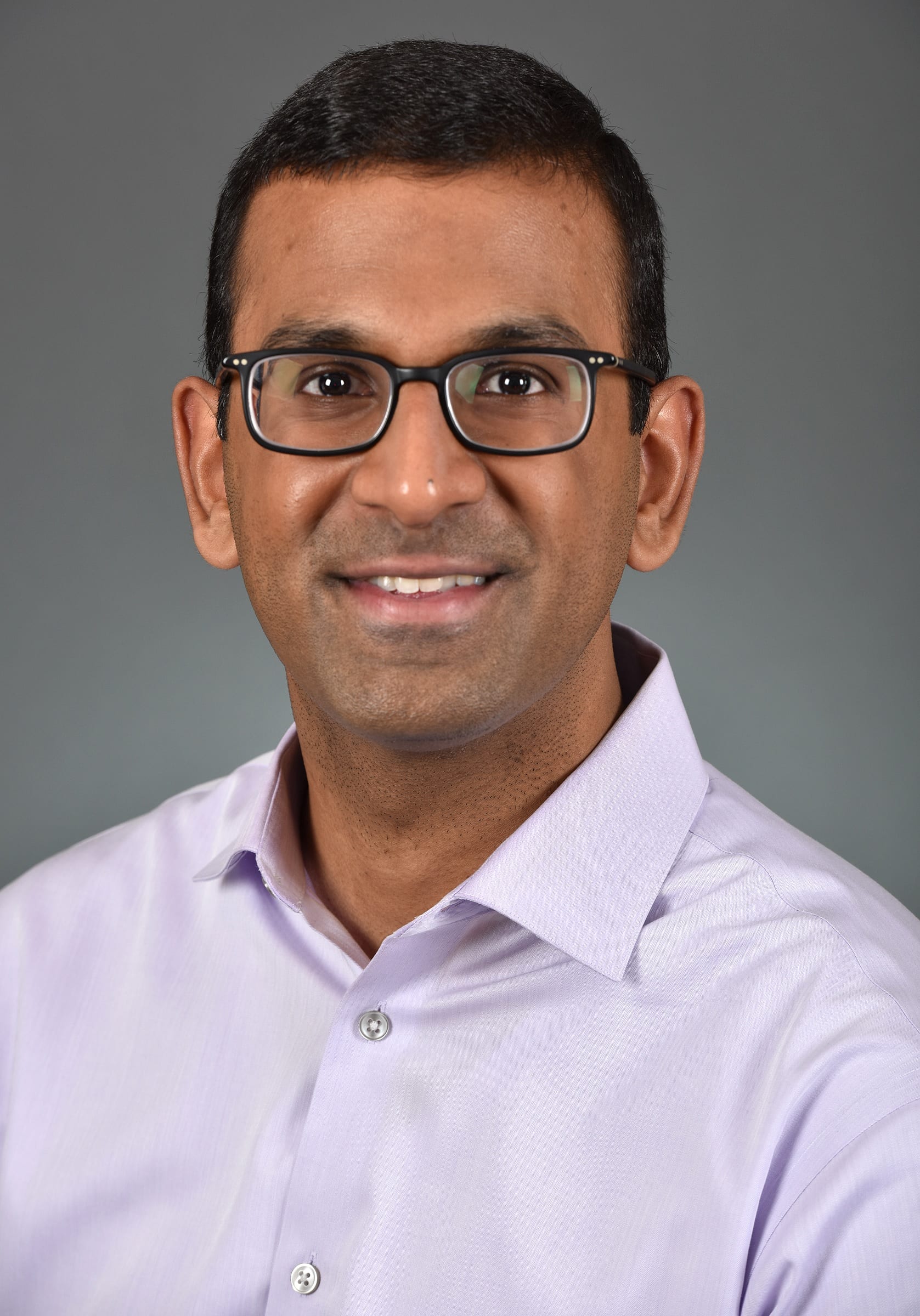Posted By: Sarah Ratzel, PhD, Science Editor, AJHG
Each month, the editors of The American Journal of Human Genetics interview an author(s) of a recently published paper. This month, we check in with Vijay Sankaran to discuss his paper, “The Genetic Landscape of Diamond-Blackfan Anemia.”
AJHG: What caused you to start working on this project?

Vijay: When exome sequencing was starting to be done routinely around 2009, we reasoned that Diamond-Blackfan anemia would be an ideal disease to study using this approach. At the time, only a few ribosomal protein mutations had been described in this disease and we thought that such sequencing approaches could help us better define the pathogenesis of this disorder. We did identify some non-ribosomal protein mutations through focused efforts (e.g. GATA1), but we kept sequencing more individuals to more comprehensively define the genetic landscape of this blood disorder. This paper describes the comprehensive analysis of the full cohort of individuals we studied.
AJHG: What about this paper most excites you?
Vijay: There are three things that excite me most about this work. First, this paper is really the culmination of several years of incredibly hard work by a number of talented trainees in our group, as well as fabulous colleagues. It is great to see their work put together and presented so nicely. Second, I think this analysis can serve as a model for other systematic studies in cohorts of individuals with a range of rare diseases. It provides a framework for thinking about how to perform comprehensive analyses in rare disease cohorts, while also illustrating major challenges in trying to define genetic etiologies. Third, I think the work nicely outlines the future directions we hope to take to better define the genetic causes for the remaining ~20% of cases and understand the basis for the variable penetrance observed.
AJHG: Thinking about the bigger picture, what implications do you see from this work for the larger human genetics community?
Vijay: We have examined a rather large cohort of ~470 individuals with a rare disease that occurs in ~1 in 200,000 live births. This cohort took many years to put together and required extensive international collaborations. Despite the considerable size of this cohort (for a rare disease), we still could not define the potential genetic etiology for a number of individuals in the cohort. Our burden analyses nicely show how we are sufficiently powered to detect mutations in the exome that explain > 5% of cases in the cohort. Given all of this, our findings emphasize the need for larger analyses of such rare diseases. This can only happen through collaboration. Different investigators need to be willing to come together to maximize our ability to identify additional genetic causes for rare diseases. While many in the human genetics community appreciate the importance of such efforts, I still find that many colleagues in my clinical field and others are hesitant to share data. As a physician, I realize that doing so is critical for all patients and individuals affected by rare diseases.
AJHG: What advice do you have for trainees/young scientists?
Vijay: Probably the most useful advice I can offer is that any trainee should pursue problems and work in environment where they can most enjoy their work. I have been incredibly fortunate to work in environments, both as a trainee and faculty member, where I have been given the freedom to pursue problems I am passionate about. As a result, I have also tried to create an environment in the lab that can enable trainees to do the same, which I believe is very important.
AJHG: And for fun, tell us something about your life outside of the lab.
Vijay: One of the things I enjoy outside of lab is exploring the fantastic restaurants in Boston and listening to jazz music (particularly when it is live).
Vijay Sankaran, MD, PhD, Assistant Professor of Pediatrics at Harvard Medical School and an Attending Physician in Hematology/Oncology at Boston Children’s Hospital and the Dana-Farber Cancer Institute. He has been an ASHG member since 2016.
